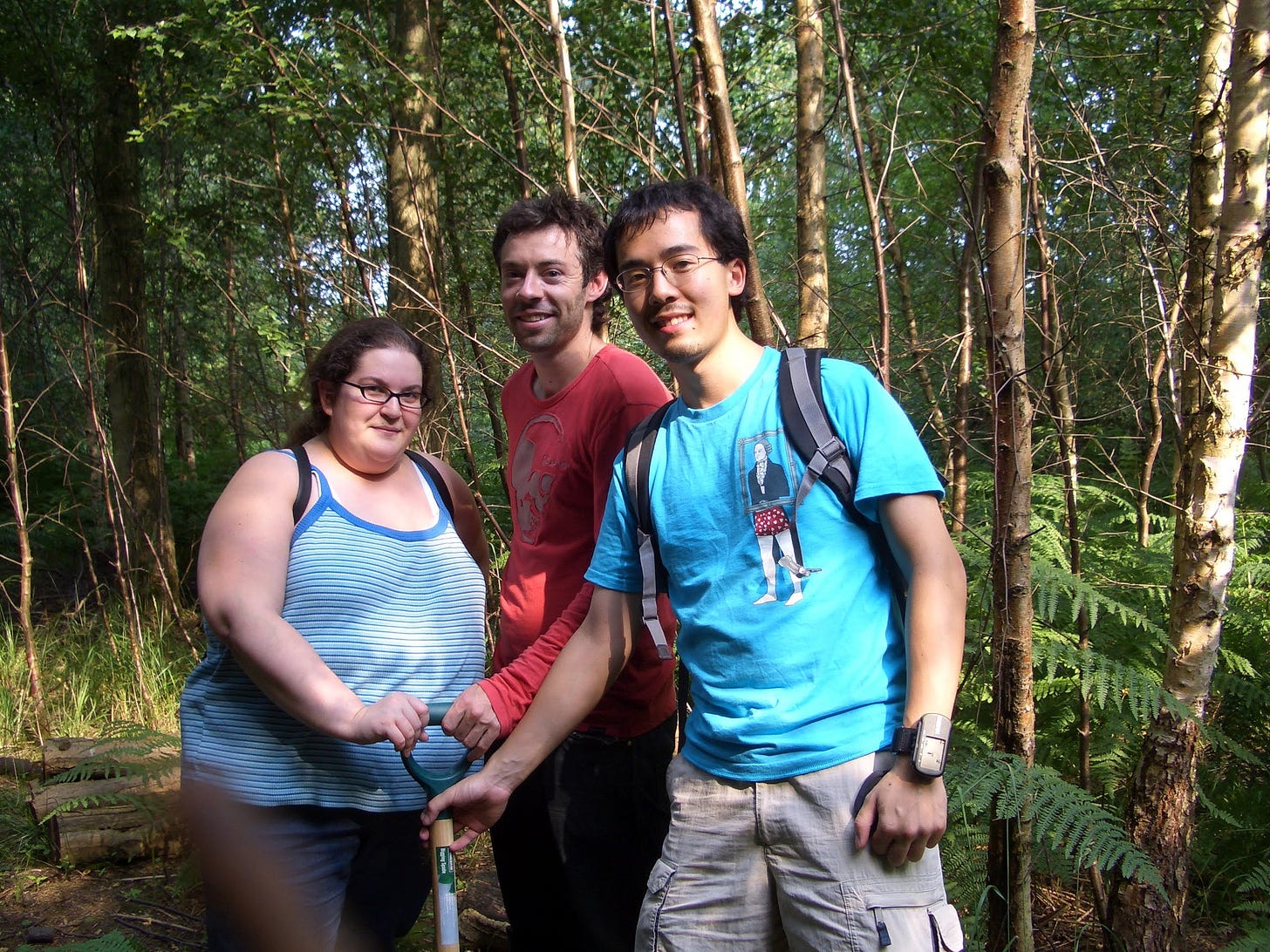I’m taking a week off because my company just launched Marvel Move, but I’ll be back next week talking about (sigh) Starfield. In the meantime, here’s my final column for EDGE magazine, from issue 389…
Where do all the old game designers go? Developer Ido Yehieli recently wondered, “You almost never see dominant designers from the 80s and 90s still making games, at least not notable ones.” He’s right to ask. When I was growing up, I was entranced by the games of Richard Garriott, Sid Meier, Will Wright, and Roberta Williams. Some of them are still active – Roberta and Ken Williams released a new 3D version of Colossal Cave earlier this year, to mixed reviews – but most are not.

What happened? Perhaps technological advances eroded their skills and experience. The way games are made is completely different nowadays – 3D graphics instead of 2D; Unity and Unreal instead of C; teams of hundreds instead of a dozen. It can be exhausting even for active designers to keep up with; today’s programmers may need to learn how to make games in Roblox or Fortnite or Apple’s VisionOS if they want to keep up.
Authors haven’t faced the same challenges; while the publishing business has certainly changed, writing a book with a word processor in 2023 isn’t all that much different from using a typewriter in the 1960s, which makes it easier for authors like Margaret Atwood to remain active for sixty years. And while filmmakers have moved to digital cameras and CGI is woven into movies of all budgets, directors like Scorsese, Spielberg, and Varda have been making excellent, successful, popular work for decades.
It helps, of course, that directors usually have big teams supporting them, insulating them from the minutiae of technical changes, but the same is true for senior game designers; so perhaps the difference is not merely in the technology used to make games today, but the nature of games themselves. Maybe we’re just playing different games today?
It’s a tempting theory – we aren’t playing point and click adventures like King’s Quest any more, and BattleBit couldn’t have existed in the 80s – but it falls down under close inspection. Is 2022’s Vampire Survivors really all that different from 1982’s Robotron? Would a fan of SimCity from 1989 have no interest at all in the 2021 Chinese sim Dyson Sphere Program?
If you look closer, you can see a few names and companies that have threaded their way through the decades, and others who I’d bet on working well into the 2040s and 50s: Hideo Kojima, Shigeru Miyamoto, Lucas Pope, Emily Short, Inkle, and more. What they have in common is a love of game design qua game design and the ability to create games on their own or inspire others to follow them. The former means they can keep themselves interested forever and are somewhat immune to fads and technology, because truly original games cannot be outcompeted by fancy graphics; the latter means they don’t go bust.
Such people might not confine themselves to video games. Elan Lee and Jordan Weisman designed the 2001 alternate reality game The Beast that got me into the games industry, but keep jumping between “traditional” video games and ARGs and boardgames and tabletop RPGs; people who seem like they might have dropped out of the games industry may simply have moved sideways. It wouldn’t surprise anyone if Neil Druckmann spent a few years making TV shows and movies; and it wouldn’t surprise anyone if he were to return to games after that.
A love of game design can only go so far, though. Life has never been easy for artists, but the games industry can be especially brutal. If you can’t stomach following the rules set by giants like Steam or Apple or Google or Sony or Microsoft, you’ll struggle to gain a big audience, as makers of more adult or political games have found. Toxic fandom, online harassment, the boom and bust cycle – it’s all wearying.
Maybe it’s good that we don’t have a handful of people dominating game development forever. But it’s a shame we don’t have older people making games, too. I’d love to see what Emily Short is doing twenty years from now in interactive fiction, or Christine Love in visual novels, or my predecessor [as EDGE columnist], Sam Barlow, in video narratives, or Lucas Pope in whatever he does. I can’t imagine them being overtaken by technology, or getting bored. We just need video games to be a hospitable place for creators – financially, critically, and socially.


Thanks for the thoughts. And I still play point & click adventure games (but hey I guess I'm old)! I'm in the middle of 'Leisure Suit Larry: wet dreams dry twice' - good silly fun, obviously lot of phallic shaped objects around the screens and sill puzzles. Kind of relaxing, not too demanding. And I recently played Return to Monkey Island, that was fun as well.
The technological generation gap is a real thing, but I often wonder if some of the burnout is also down to the vast number of compromises that must be made during any game's development. Certainly, while games has been very good to me, I've always continued writing books and graphic novels to stay sane, because I have so much more control over those products. Movie and TV directors will complain about the compromises they have to make, and those are real, but they're nothing compared to what a game producer or director has to deal with.
You cite Kojima, Pope, and Barlow, and I suspect people like that are able to continue because they take their destiny in their own hands, and strive to ensure their compromises are a result of their own decisions and ambitions, rather than a dozen different executives and financiers all weighing in with an opinion that must be obeyed.